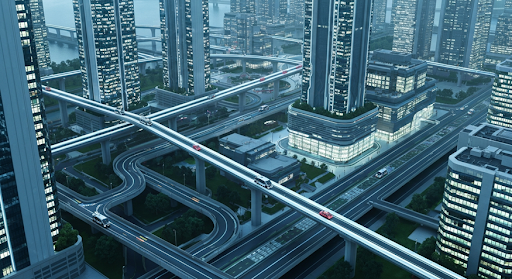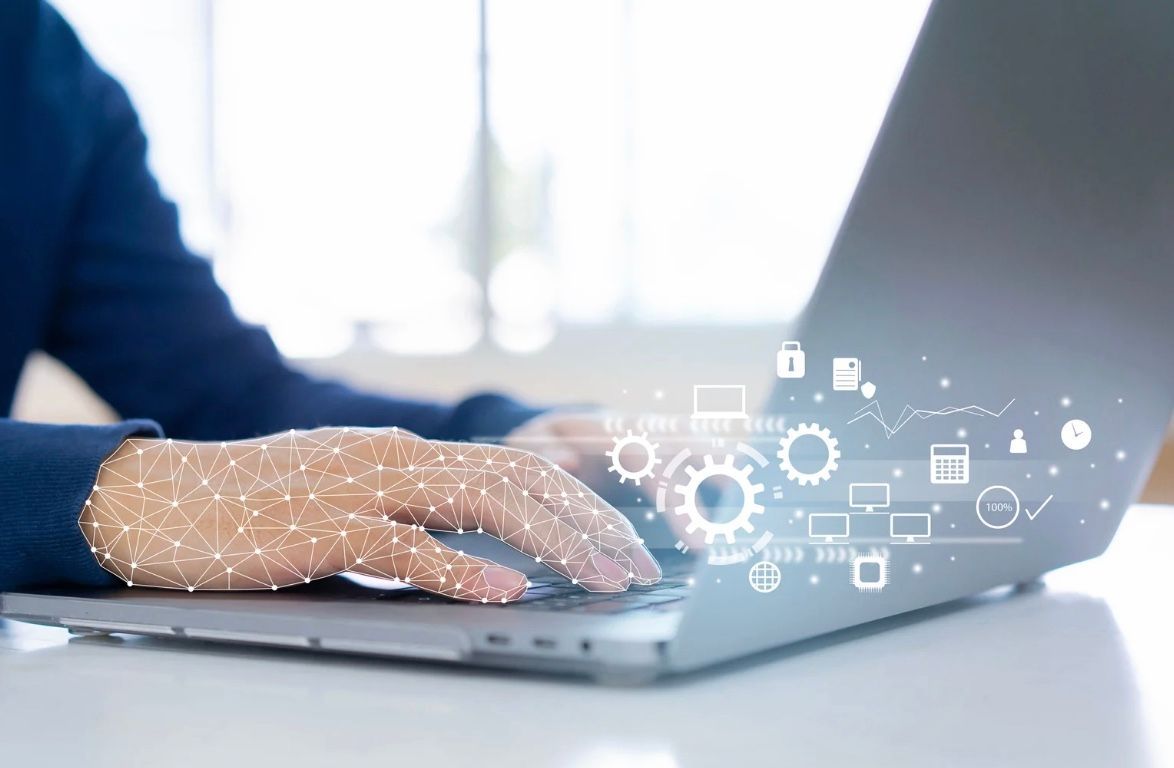What are the Benefits of Human Computer Interaction in the Media Industry?
The Internet of Things (IoT) offers opportunities at home, at work or at play. We explore the possibilities of interaction between man and machine.
Although the potential of the Internet of Things (IoT) is enormous, its practical implementation is still incipient. Much of the current development of IoT has focused on industrial opportunities. However, IoT for media consumers can open up new and intimate entertainment experiences. We explore some of the basics and ways that media and entertainment companies can prepare for the future of IoT now.
What is the IoT?
The IoT describes the connection of devices to the Internet using software and embedded sensors to communicate, collect and exchange data with each other. With the IoT, the world is wide open, offering a virtually infinite range of opportunities and connections at home, at work, or at play.
The Building Blocks of the IoT
The IoT combines connectivity with sensors, devices, and people, allowing a fluent form of a conversation between man and machine, software and hardware. Much of the current development of the IoT has focused on industrial opportunities. However, the IoT for media consumers can open up new and intimate entertainment experiences.
The Sensors that will Drive the Expansion of the IoT for the Media and Entertainment Industry:
The increasing sophistication of sensors embedded in technology makes it possible for devices to read, measure and understand consumers at unprecedented levels. Sensors measure physical inputs and transform them into raw data, which can then be stored digitally for access and analysis. Among the most discussed applications for sensors are all things smart: cities, environment, water, metering, security and emergency services, retail, logistics, industrial control, agriculture, home automation and healthcare. For the media and entertainment industry, some critical types of sensors include:
Sound, audio and acoustics – Identification of sound, recognition of voice and voice commands, measurement and location of the echo. Detection of the presence or absence of objects and distance measurement. Applications: microphones, hydrophones, transceivers, ultrasonic sensors, audio systems, speakers, headphones, cameras, and fingerprint detection applications.
Temperature and Thermal – Detection of temperature or heat. Applications: Galvanic skin response sensor, infrared sensors, cameras, clothing, smart home and connected vehicles.
Movement and speed – Detection of the movement of an object, sensory rotation and change of orientation, measurement of acceleration and reaction to speed. Applications: Mobile video and games (tracking), 3D motion tracking products, 3D character animation, sports science, camera stabilization, electric keyboard and smartphones.
Optics, light and images – Metering of various outputs when using light. Detection of the distance, absence or presence of an object through the use of light. Turn the light into a signal. Applications: Image sensors for HD video data, video images, thermal images, clothing, cameras, webcams and smartphones.
Proximity, position and presence – Obtain positional feedback and detect height and width. Non-contact identification of objects, UV index, ambient light, long-range proximity, heart rate or pulse and movement with 2-D or 3-D gestures. Applications: Laptops, GPS, Cameras, Smartphones, Video Game Consoles, and Connected Vehicles.
Pressure and Force – Feeling of applied pressure. Measurement of force and weight. Touch and contact pressure detection. Flow, Liquid, Chemical and Gas.
Measurement of the flow rate of a liquid or gas. Detection of humidity in the room. Identification and control of dangerous chemical elements (carbon monoxide, radiation). Applications: Cameras, Garments, Smartphones, Smart Homes, Security Systems, and Connected Vehicles.
Where vision meets execution.
A Fully Executed Vision of the IoT will Incorporate Three Elements to Create an Interconnected Experience:
Personalization at home and on the road – By learning about the specific attributes of the device owner, the sensors can collect additional data that will enable media and entertainment companies to deliver personalized advertising and experiences. For advertisers, advertising can be contextualized to the specific interests of an individual. On the road, connected cars increasingly offer levels of connectivity and automation, such as dashboard interfaces for accessing email, music, real-time video, social media, and self-driving and self-parking modes.
Authentication and verification – Imagine standing in front of a kiosk at the train station and having instant rights to your TV services without actively logging in. Taken to the next level, big data algorithms could personalize a big screen experience for a public group based on a combination of content that individuals have rights and biases over.
Wearable technology – Has the potential to unlock new data that can address the shortcomings of the current measurement system, such as de-duplicating unique users across all platforms, and improve what marketers know about their audiences. Through the IoT, advertisers and media and entertainment companies can answer critical questions about consumer behavior, such as: How many exposures led to a conversion? In what context was an ad most successful? How many times did a person actually “see” an ad? How many exposures are unique vs. the same person on multiple platforms?



